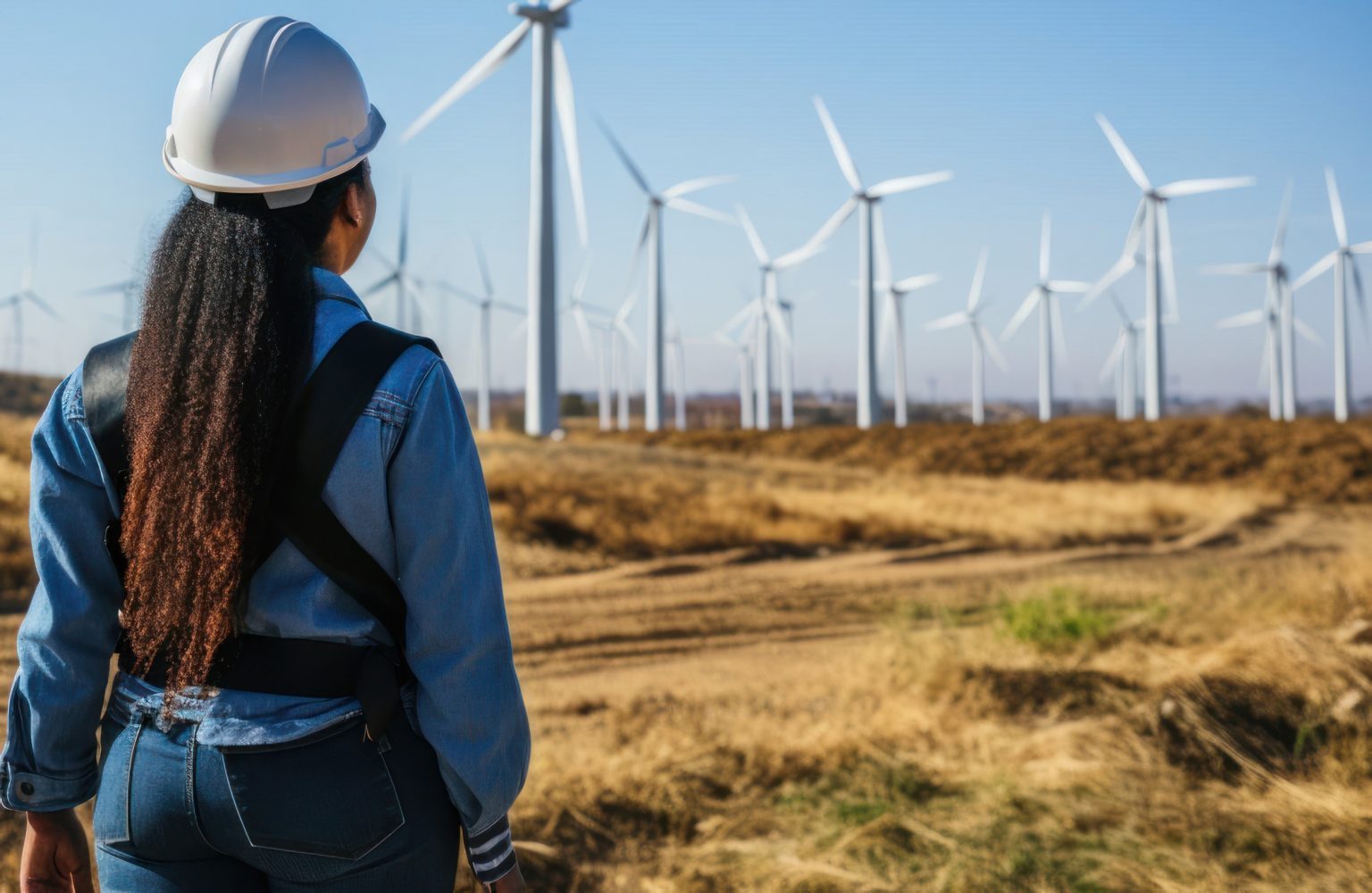Clean energy initiatives not only create power but also generate jobs, particularly for rural, blue-collar workers in the skilled trade sector. The 2022 Inflation Reduction Act’s investments in climate, energy, and the environment are projected to create over nine million jobs in the next decade, benefiting a diverse range of individuals. However, despite the opportunities presented by the legislation, challenges such as labor shortages, an aging workforce, and lack of diversity must be addressed to ensure that all Americans can benefit from the shift to clean energy.
To create a clean energy workforce that reflects the diversity of America, strategies supported by both public and private sector investments are needed. These efforts aim to bring more workers from under-resourced communities into the clean energy industry by providing training and certification programs, such as the $40 million initiative from the Biden administration. Initiatives like Reactivate are also investing in solar energy projects and training in underserved neighborhoods to help workers transition from declining industries to clean energy technologies.
Many skills required for the clean energy workforce can be repurposed from the fossil fuel industry, making it easier for workers to transition to the new sector. For example, electrical work used in fossil fuel plants can also be applied to wind or solar projects. By reaching out to workers with transferable skills, such as electricians and crane operators, and educating them on how their expertise can contribute to climate solutions, the clean energy industry can utilize a broader talent pool.
Creating direct pipelines to jobs for trained workers is essential to ensure employment opportunities in the clean energy sector. Training programs should feed directly into active projects and guarantee job security, as many clean energy companies are actively seeking to hire qualified individuals. By shortening training requirements and establishing clear pathways to employment, the industry can attract and retain a skilled workforce.
A shift in perspective is needed to prioritize vocational education and training from an early age, starting in middle and high school. By elevating the status of essential workers such as technicians and electricians and providing them with apprenticeships and mentorships, a new generation of workers can be trained to lead the clean energy era. Federal programs have the potential to have a significant impact, as seen in past government projects like the Panama Canal, which transformed opportunities for hardworking individuals and their families. By supporting efforts to create clean energy jobs, we can provide life-changing opportunities for future generations.


